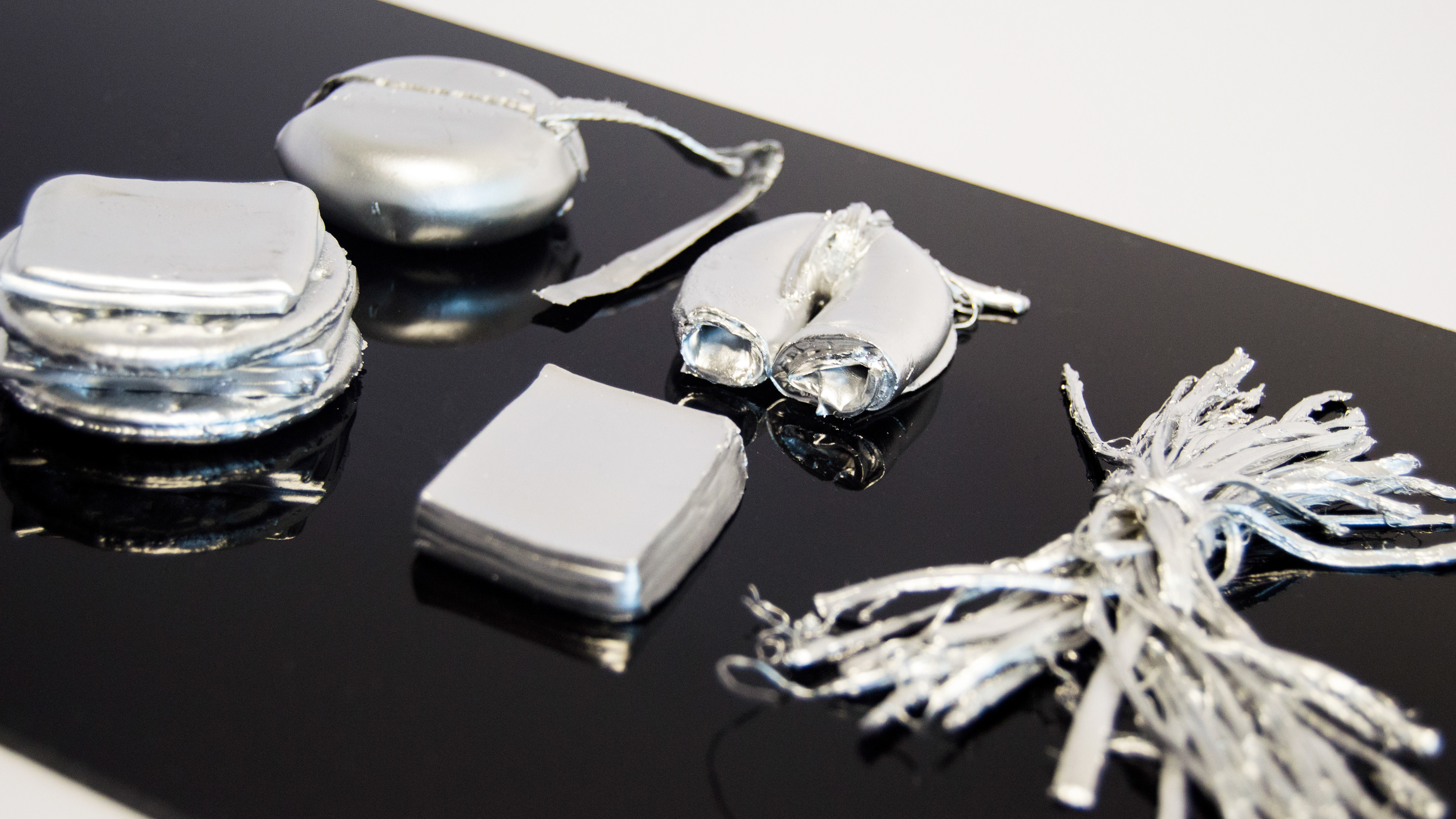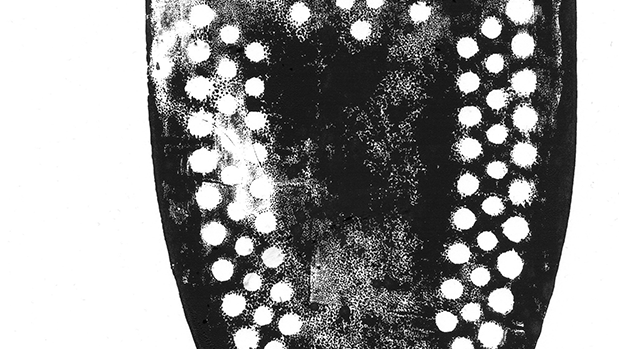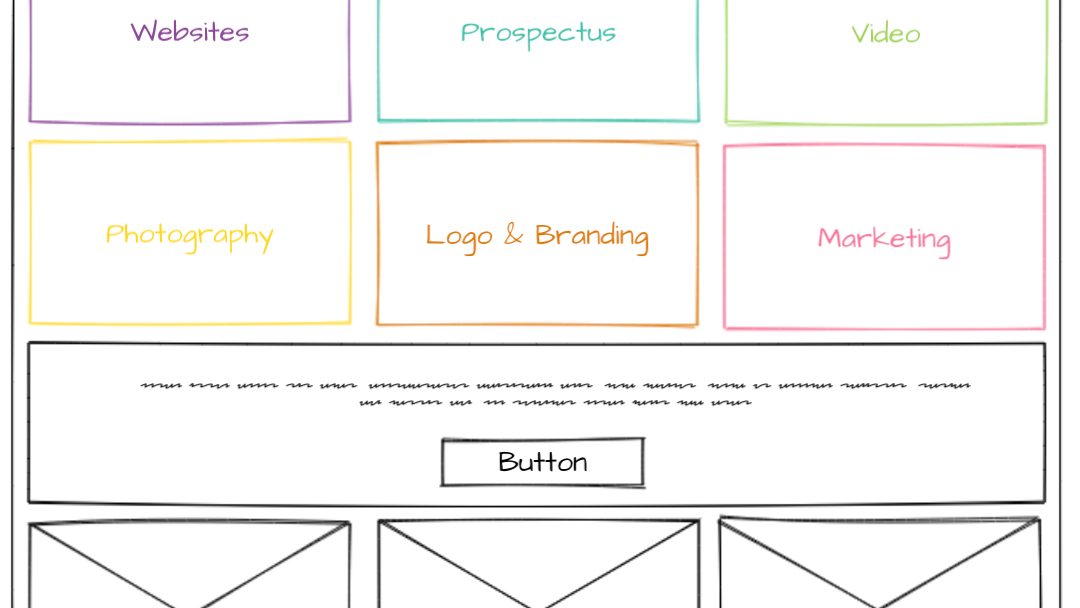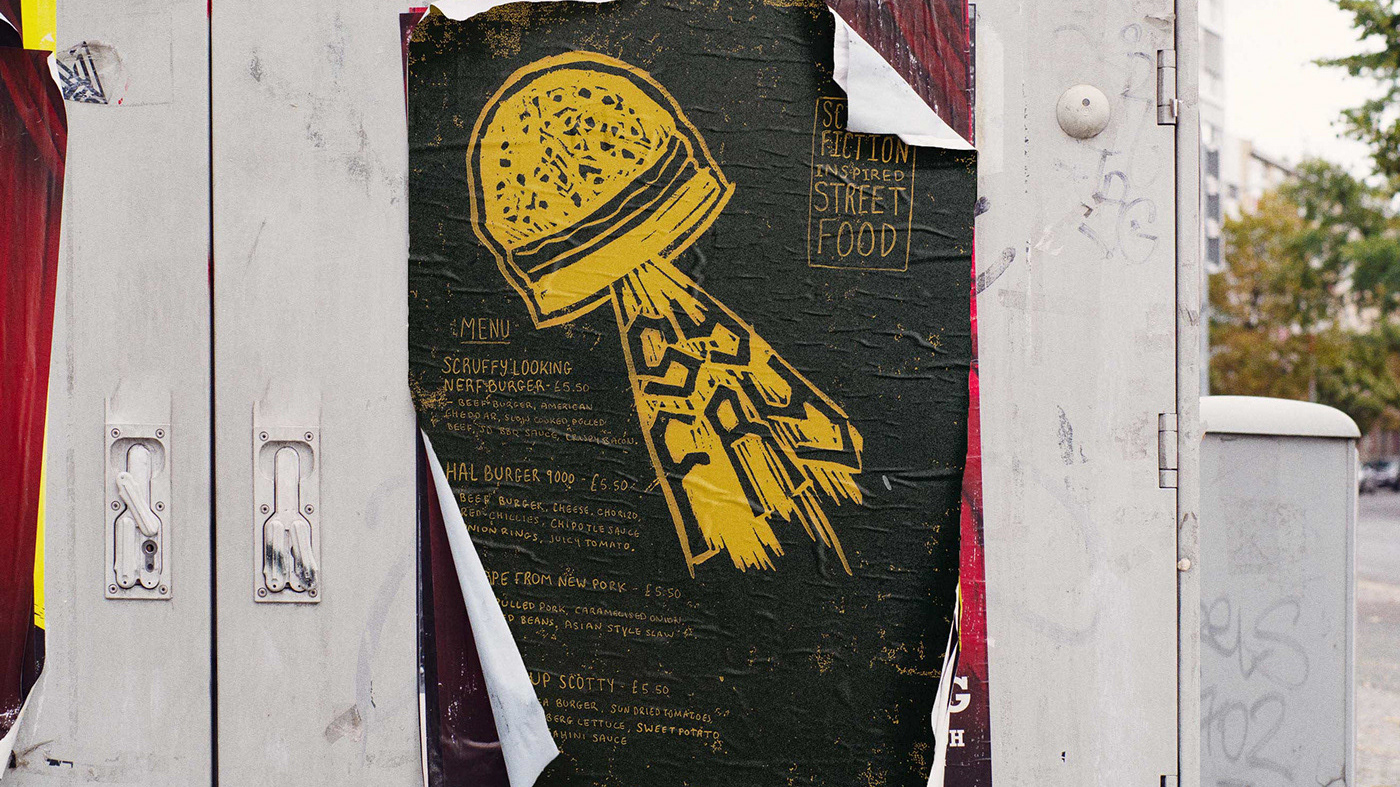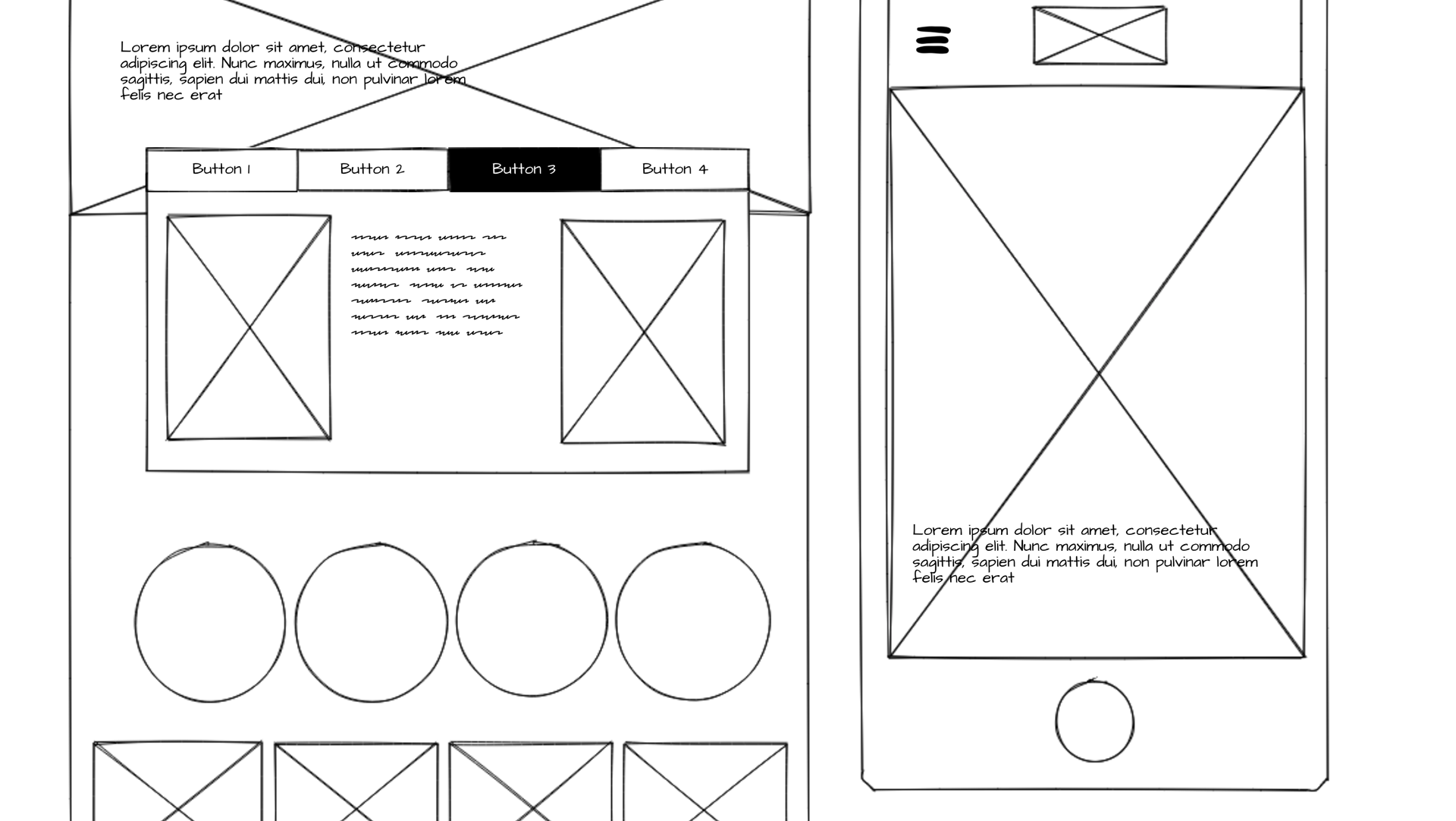Throughout the synthesis project, I explored themes of activism, protest and printmaking, channelling my research through queer rights activism, and mainly focusing on trans rights as a vehicle for my outcomes, as it’s an area that is both important to myself as a nonbinary person and something that is very relevant in today’s ‘political climate’. Instead of setting myself a brief or focusing on a final outcome, I instead decided to focus on building an ongoing body of work as a direct response to my feelings of protest and the current political atmosphere, as well as my research on the subjects of activism, and influence of political art movements throughout history. I used the project as an opportunity to combine everything I have learnt so far on the MA, to push my boundaries and to figure out my place in the art and design world. I took it as an opportunity to develop a body of work that is truly my own, that is an expression of myself, my interests and my passions.
Something I have noticed at recent protests is the presence of mass-produced placards, that are often handed out by organisations that are more interested in growing their numbers than the actual cause they are protesting. What’s often missing is the raw energy of handmade protests signs, which are often adorned with impactful messages that really come from the heart. Personally, I feel that a sea of handmade signs, printed on scrap pieces of cardboard, have a much deeper impact than the almost corporate looking professionally printed signs that are handed out. I began creating my own protest signs using lino, a process that is long but produces a completely unique outcome, with small variations in every print. Following this, I made my own alphabet from lino so I could quickly produce my own slogans with that same unique feel.
Using lino as my main tool sort of came about by accident, but it was a happy accident at that. When I was unable to leave the house during the pandemic and had to resort to at-home printmaking I found some old lino and tools lying around and started creating my own prints and posters. In the book ‘Paper politics’ (2005) Josh MacPhee talks about the connection between the printmaker and the audience, and how printmaking as a medium allowed for a powerful connection, and this is something that has stuck with me throughout this project. There’s something about the rawness of print, the imperfections, the time that goes into it, the expression of the ink on the paper, that can’t quite be replicated through more digital mediums. To me, this connection is what allows print to have a more powerful impact, and why it’s so often been used as a tool of political activism. So much of the artwork I have explored, though vastly different in terms of form, medium, composition etc. what ties them all together is this connection that is formed from the act of creating the prints.
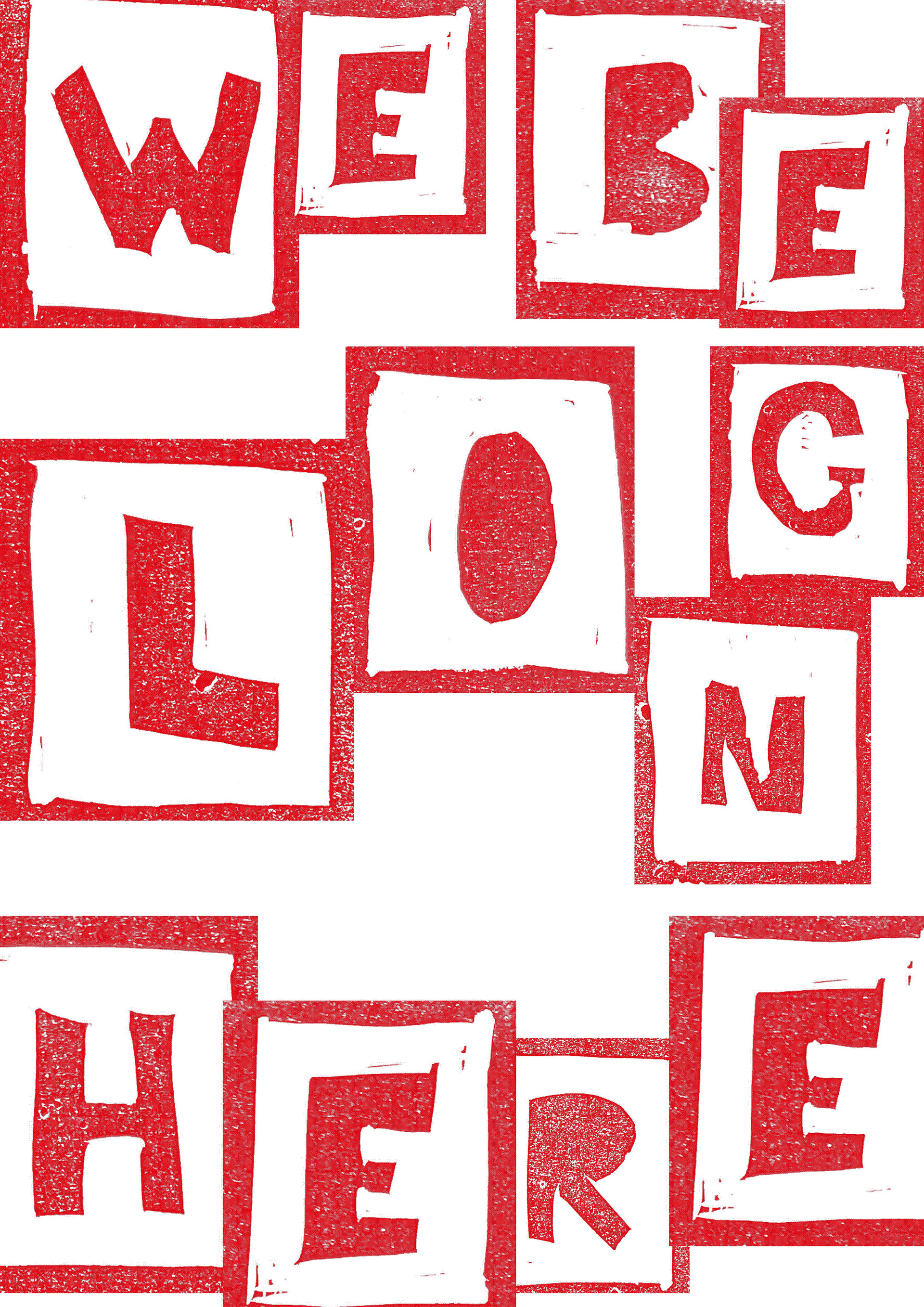
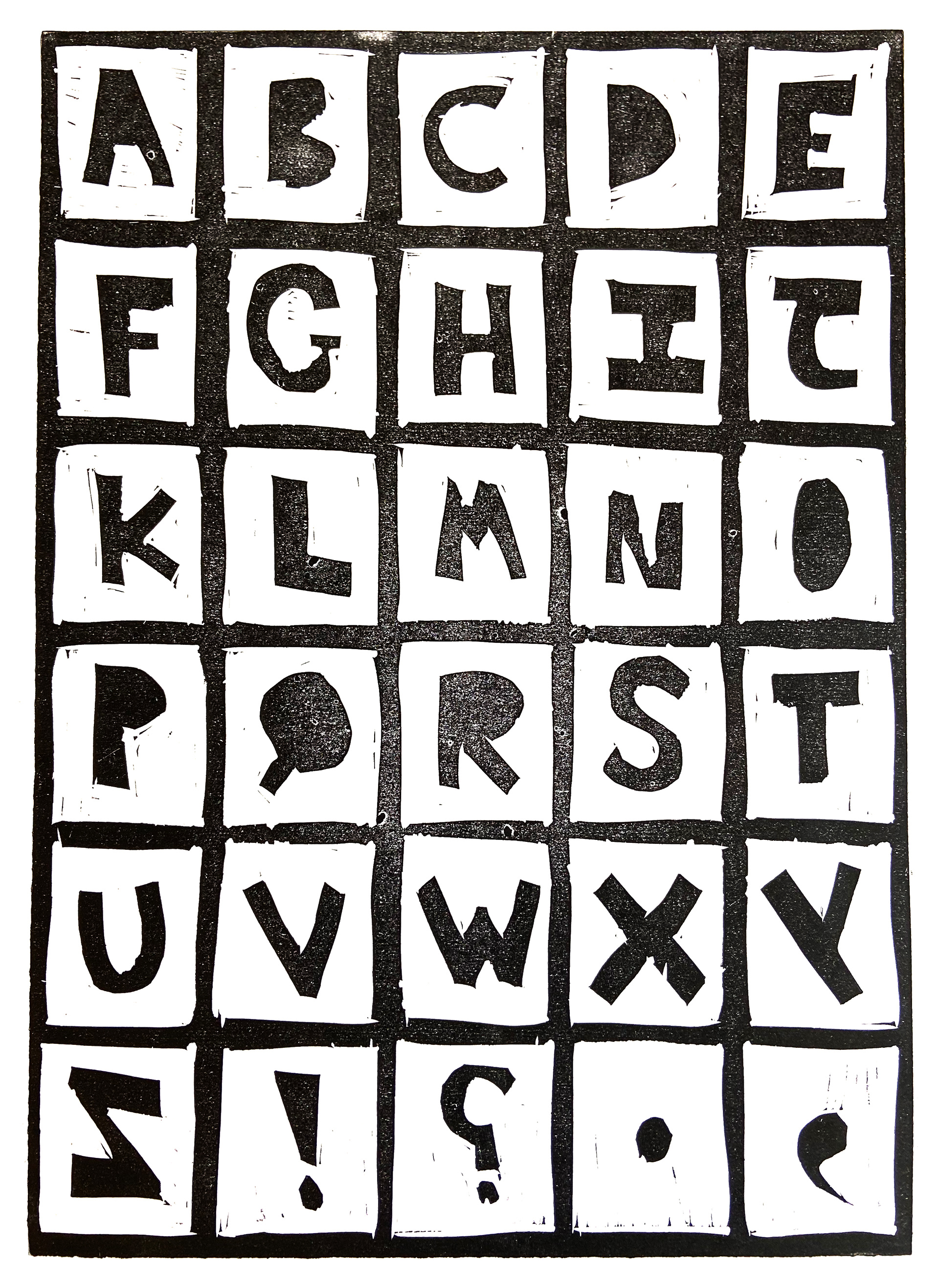
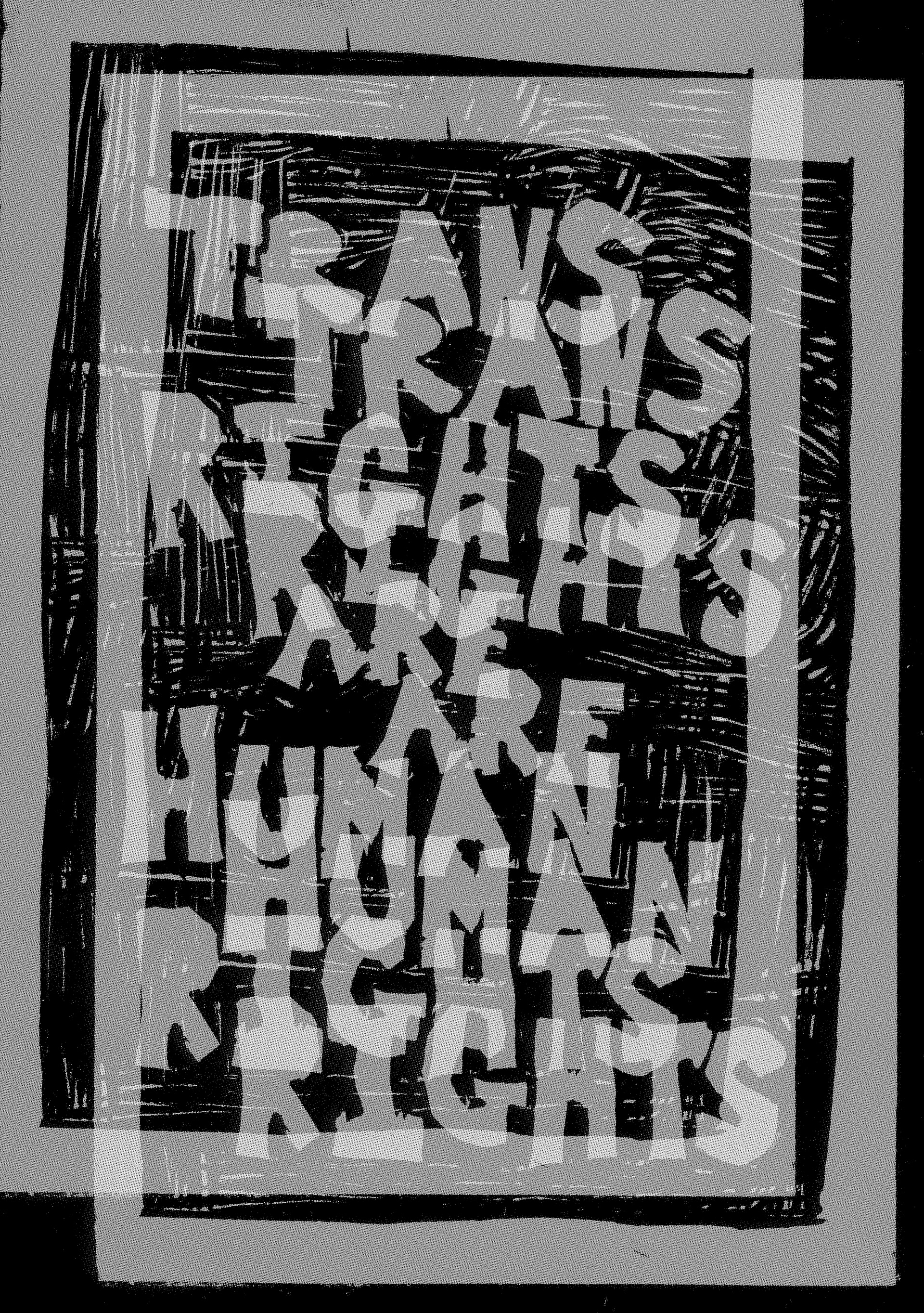
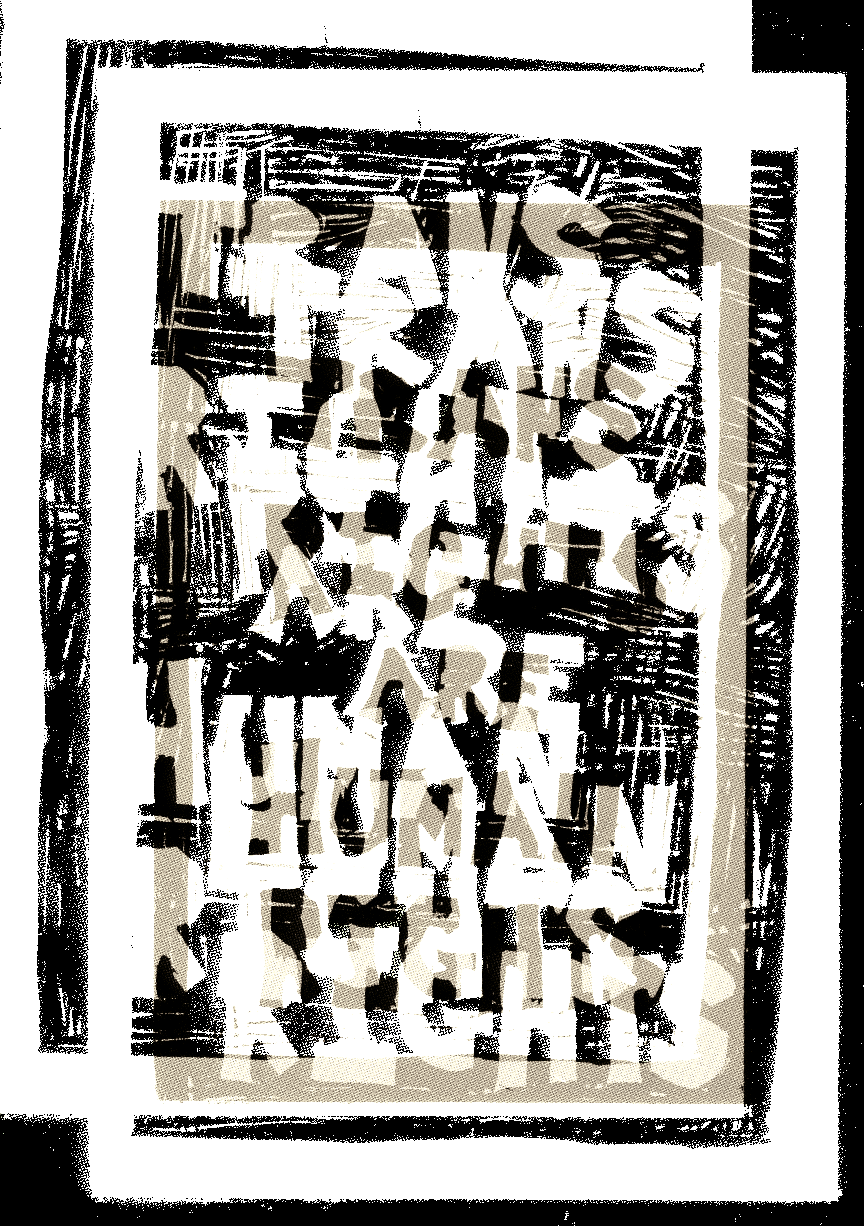
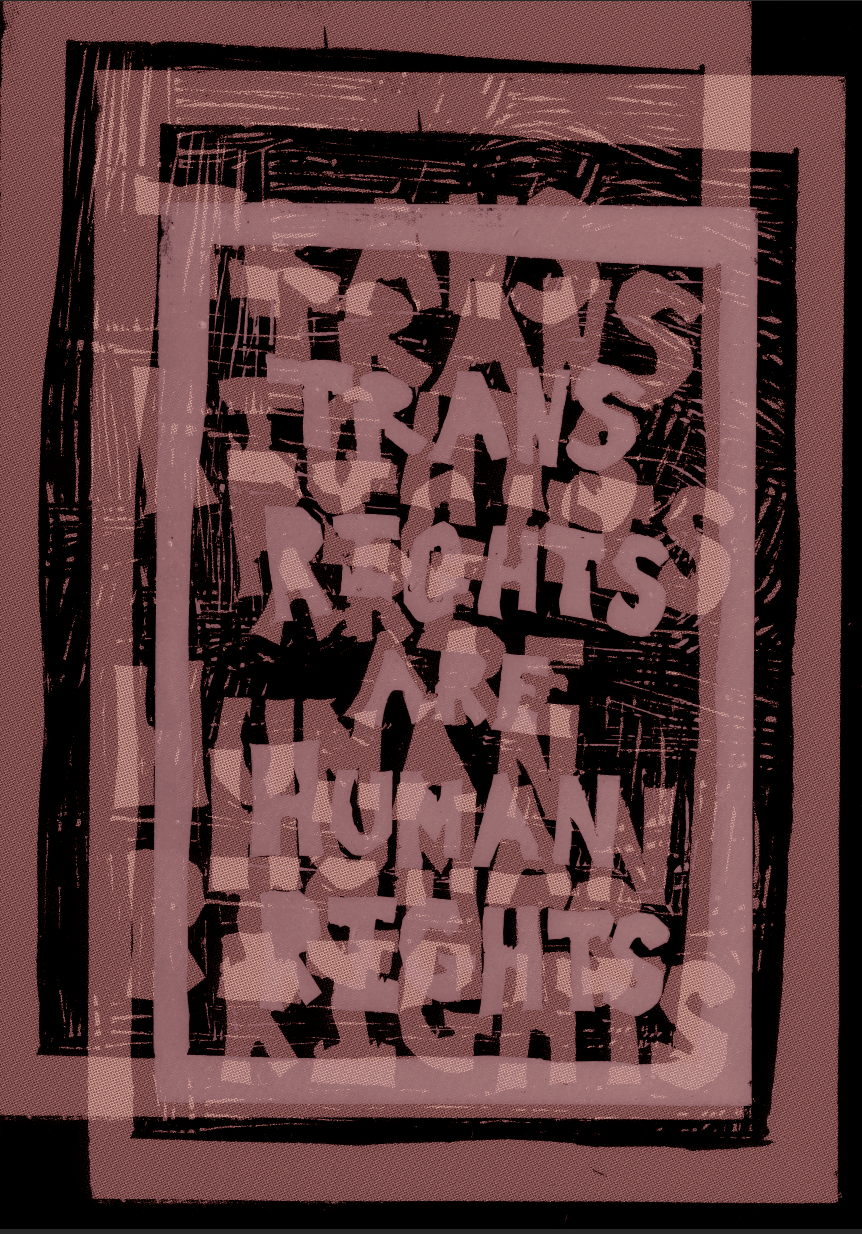
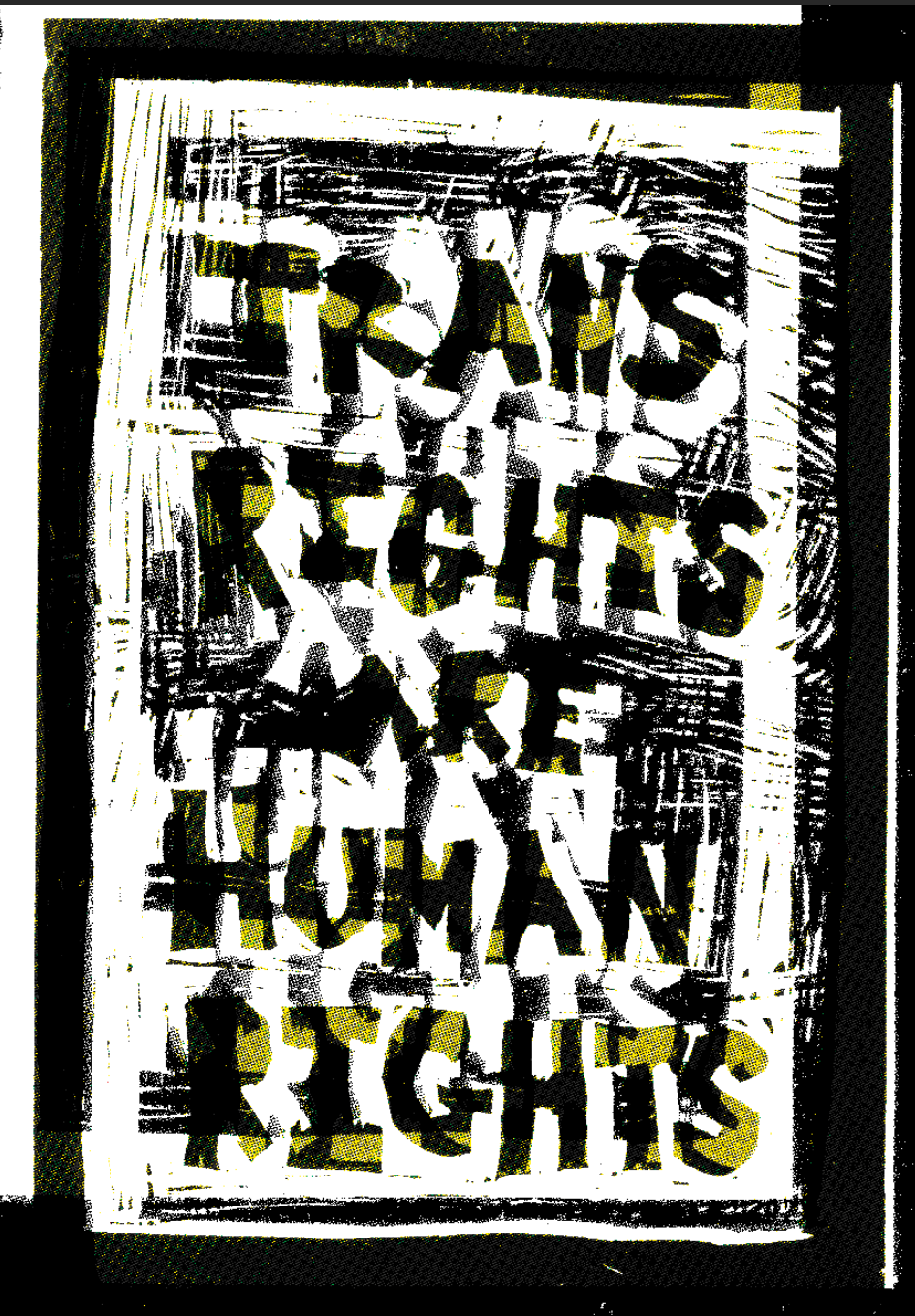
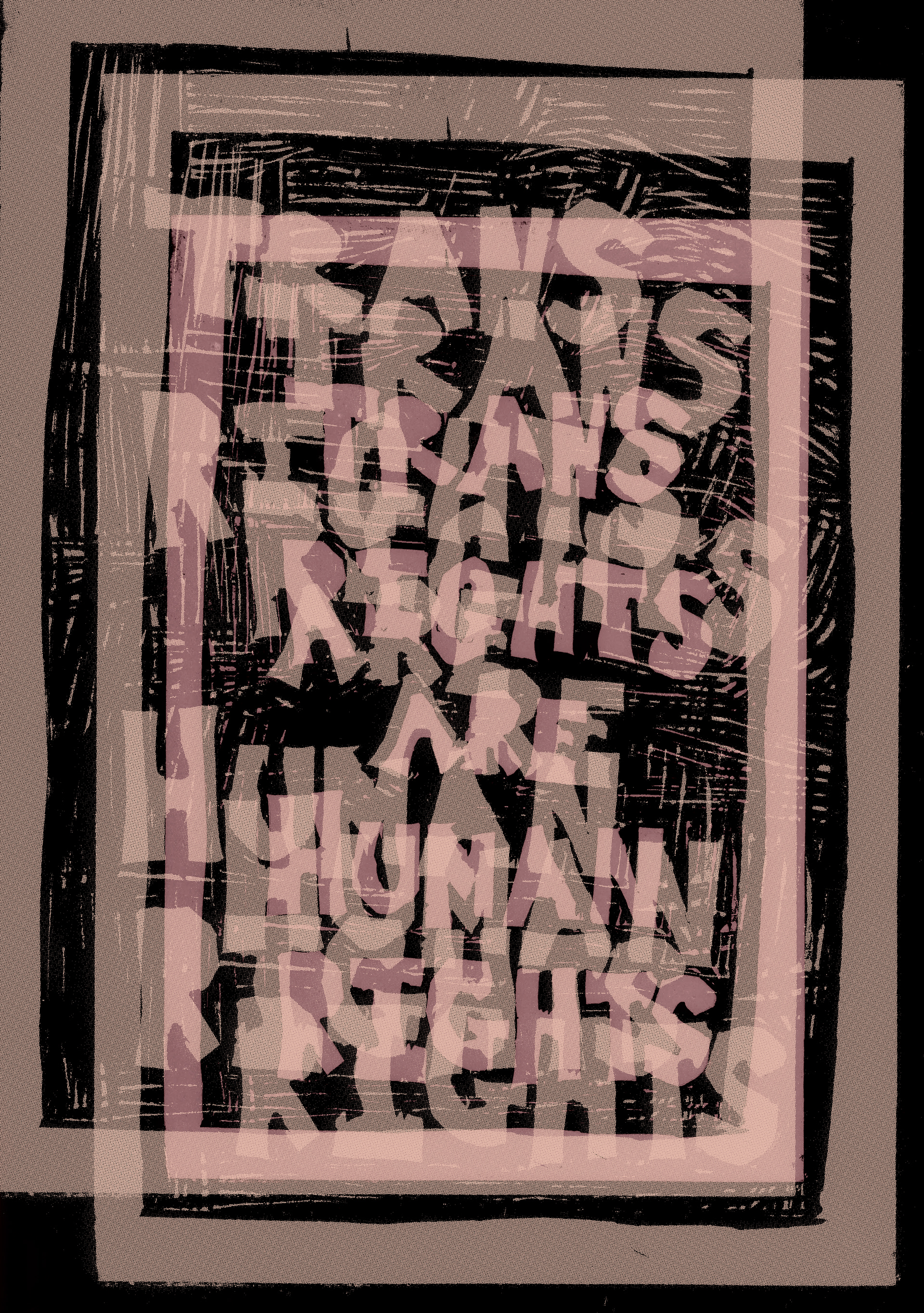
My project is based around themes of protest, disruption and political activism. Inspired by the queercore scene that was born out of the punk movement and the trans rights activism that paved way for the resources we have today, my piece reflects my experience of being a trans nonbinary person living in an age where it feels like we have taken a step backwards, where we are constantly talked over and shut down by the people in power, are belittled by politicians. My piece represents the resilience and determination for trans people to exist.
The use of riso is intentional, it’s a fast and cheap method of printmaking that allows vast amount of prints to be produced that have a unique quality that just can’t be replicated with a regular laser printer. Though the audience of the piece is intended to be the general public, or anyone who happens to walk past it, the work is supposed to be cheap, accessible and widley distributed.
The repetitiveness of the background prints, the layering and the way they are randomly pasted represents the persistence of the trans rights movement, and the prints that are neatly placed on top, in contrast to the torn background, are a representation of our belonging, that you can try to tear us down but we will keep building back up.
